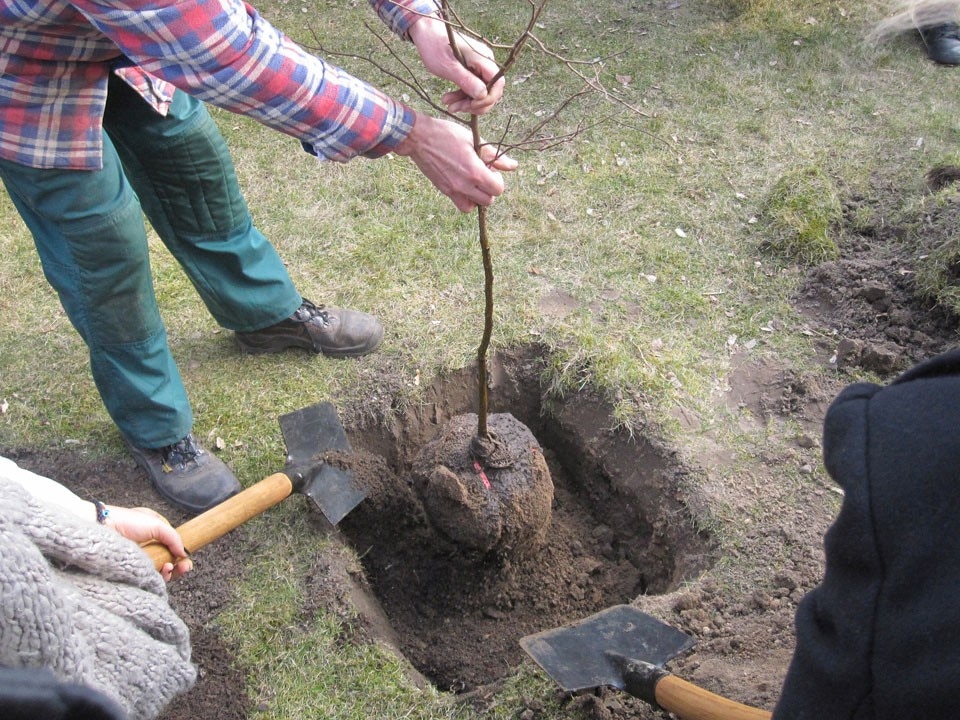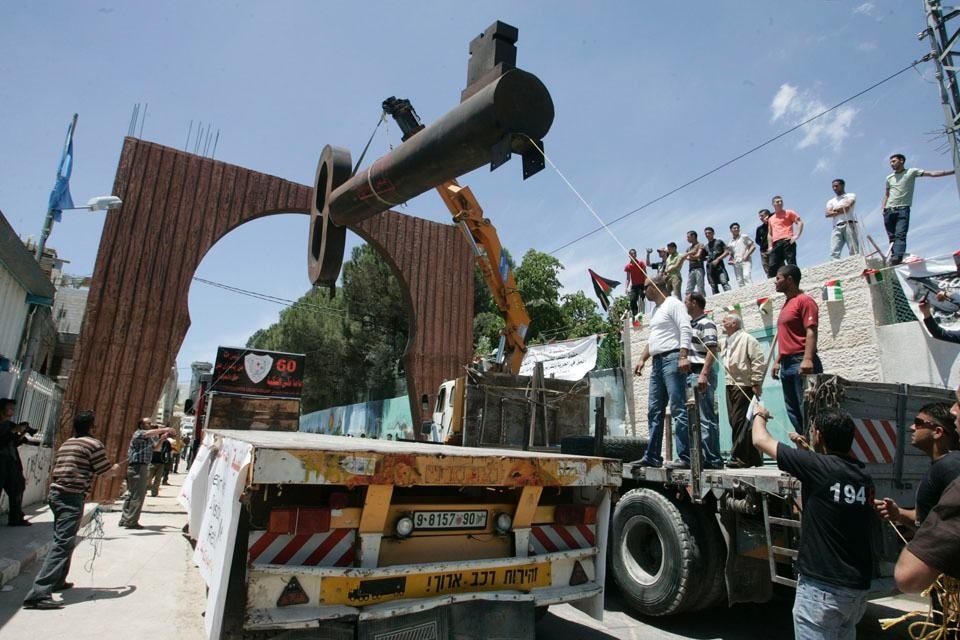The Biennale puts into play political, social and cultural disputes and conflicts; to do so, it plays on the possibility of generating distress, confusion and tension in the visitor.
In fact, it was curated by an artist, Artur Zmijewski, who is decidedly not very conciliatory. Interested neither in art's formal dimension nor its linguistic, stylistic or theoretical games, Zmijewski credits art with anticipating other possible worlds but his work is all "anti;" and the way he does it is by setting in motion processes of rupture. As a creator of platforms for action and activator of reactions, the artist stages paradoxical, provocative, manipulative situations that are, in many cases, painful both for the participants, who together play the roles of victims and accomplices, as well as for spectators; situations that scramble and are sometimes exasperating. His work has often focused on deep-rooted social tensions and far-reaching historical traumas; and he knows how to bring out the trends, prevailing moods and convictions, beliefs and ideologies that inform today's society. One of his techniques is to have the protagonists in his work perform in inharmonious, forced, and sometime extreme situations.
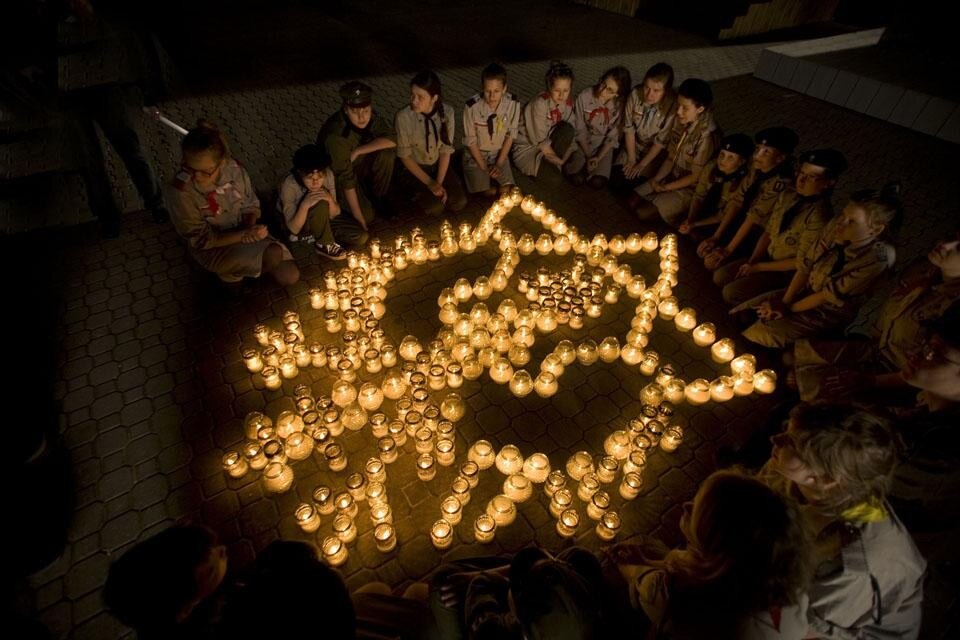
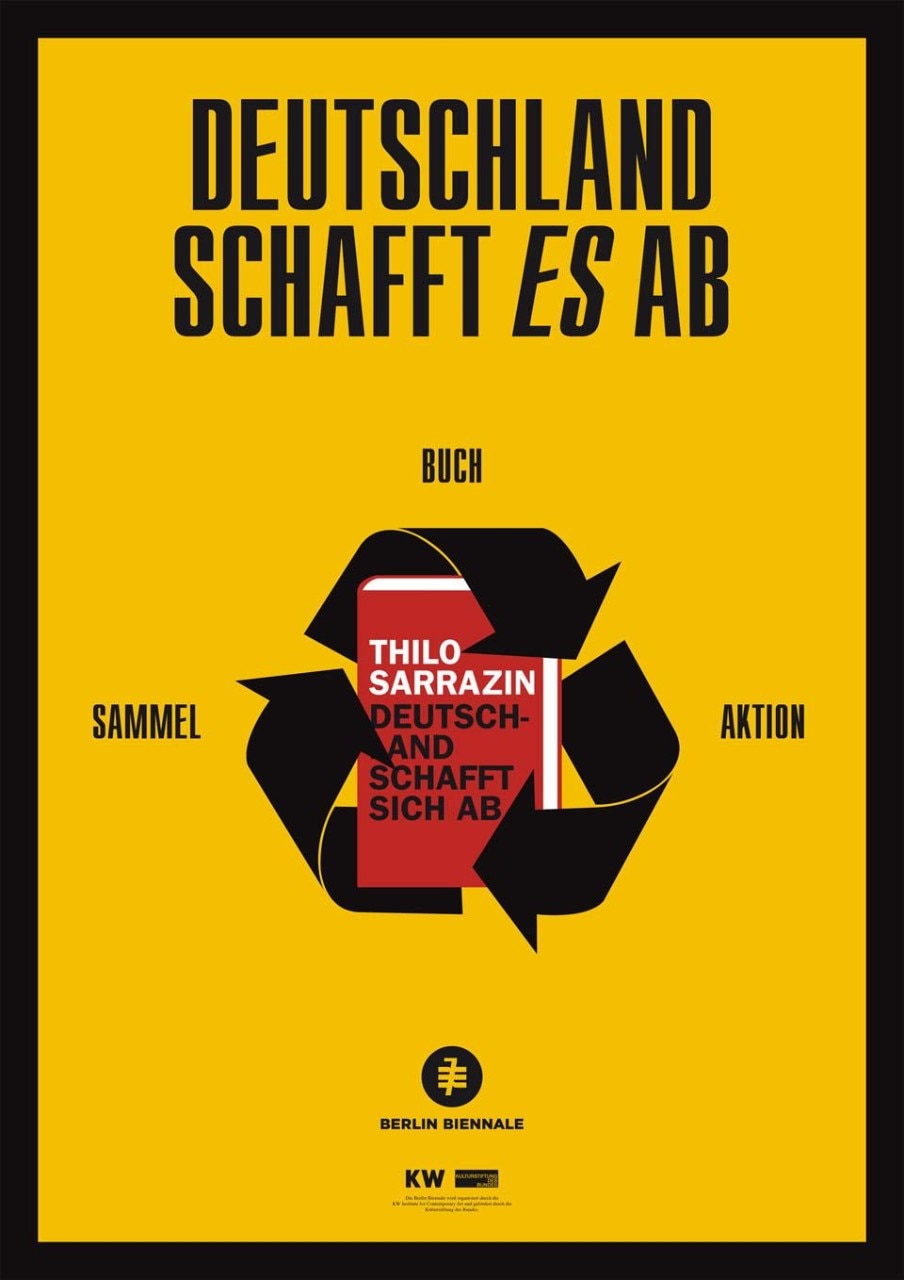
The Biennale puts into play political, social and cultural disputes and conflicts; to do so, it plays on the possibility of generating distress, confusion and tension in the visitor
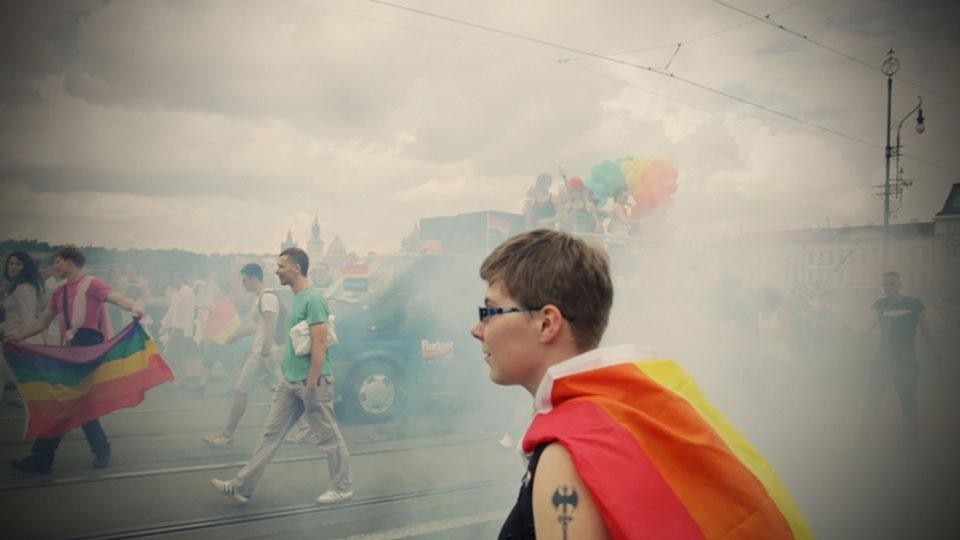
The project by Czech artist Martin Zet proposes to collect and dispose of as many copies of an anti-Muslim racist book that caused a stir in Germany in 2010: Deutschland schafft sich ab [Germany Is Doing Away With Itself] by Thilo Sarrazin. The idea of dumping the volumes in a country that experienced the tragic book burnings and that in the past was capable of such deep thought generated strong reactions of protest. Moreover, it seems that the number of donated books was very few.
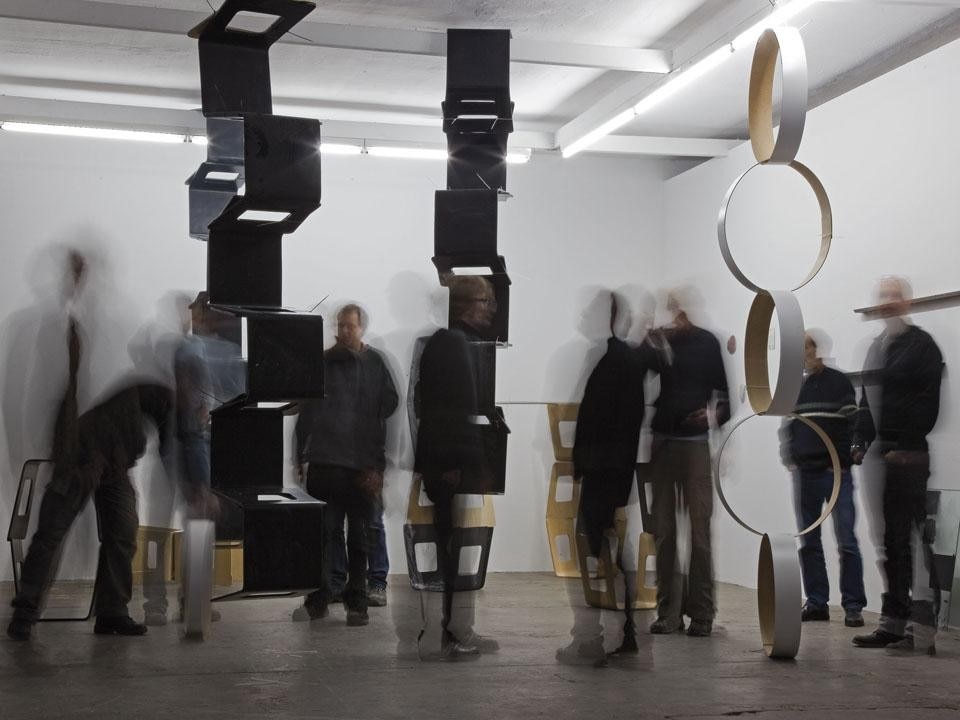
Palestinian Khaled Jarrar created a rubber stamp for the Palestinian state and lets visitors stamp their passports with it. The invented stamp referring to an official situation that does not exist would create real problems in any customs office.
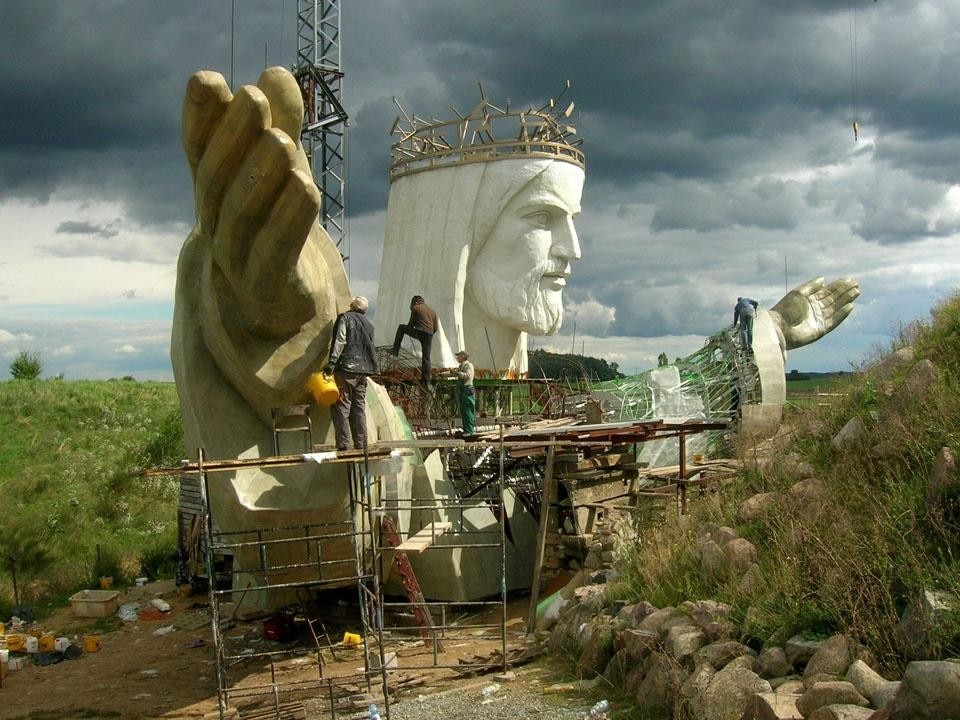
But there is more. In many cases we find ourselves wondering what we're looking at. Of course, this is a show that should be seen as a whole, but the impression is that the authorship of the invited artists has been deliberately muted. So it is no wonder that Zmijewski's relations with the Berlin art scene have been tense. Undoubtedly one of the most important themes emerging from the show regards the role of the artist as curator.
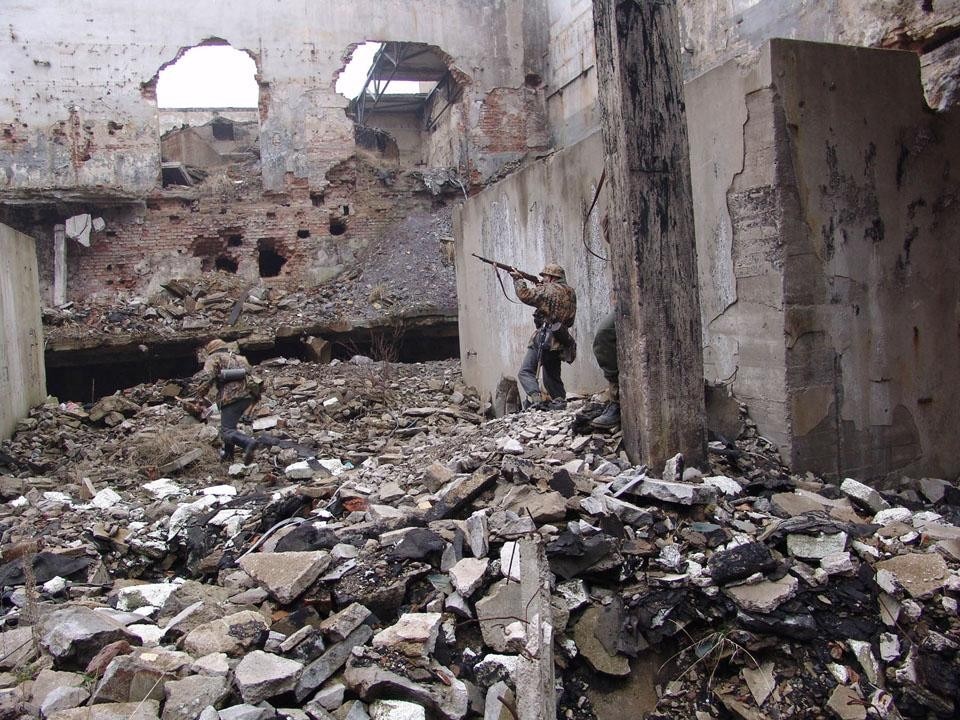
The 7th Berlin Biennale for Contemporary Art
Forget Fear
Various locations, Berlin
